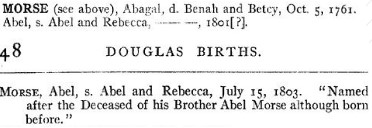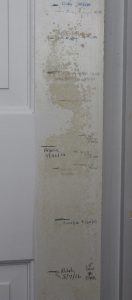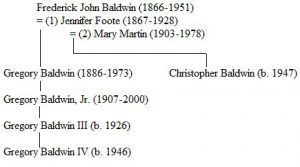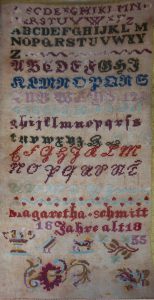
Last month, I wrote about the tradition of given names. I postulated that given names were either chosen by parents because they honored a family member (both living and deceased) or because parents liked the way a name sounded, and subsequently named their child after “a stranger they met in a bar” (thank you to commenter Deane Taylor). In fact, when the blog posted to Vita Brevis, many of the commenters verified my theory: most were named for complete strangers or in loving memory of family and friends. However, a third group also emerged from the comment section: those who were named for a famous person, event, or cultural icon (thank you to commenters Carole and Carole).
And, when my colleagues read the blog, they shared similar stories of their given name’s cultural significance: Continue reading Famous namesakes








